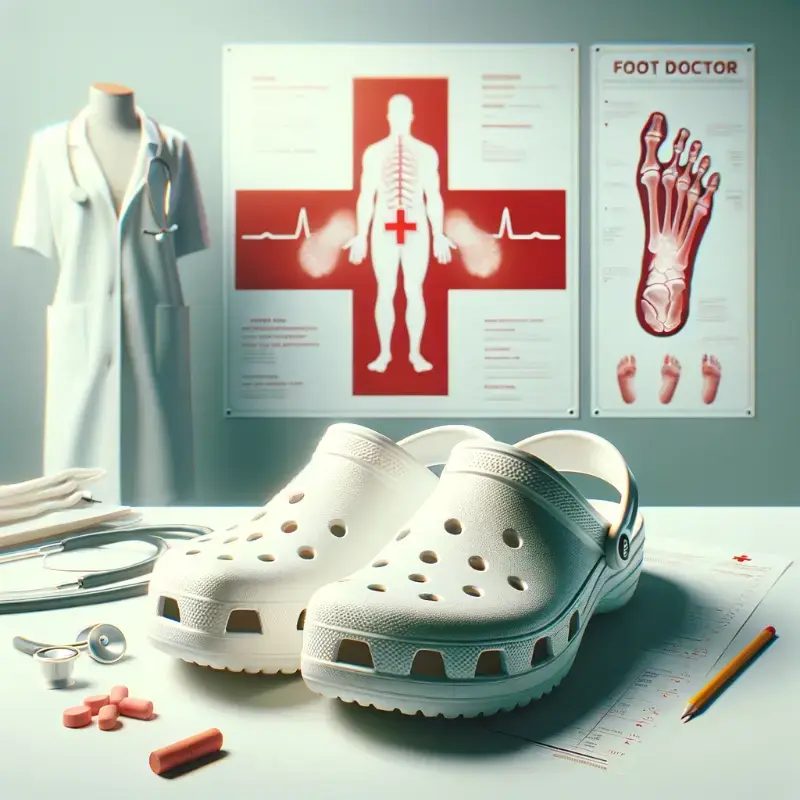7 Disadvantages of Wearing Crocs - Podiatrists Weigh In

Discover the curious reasons why those comfortable shoes, Crocs, might not be the best choice for your feet. This list reveals the disadvantages and what podiatrists say.
When you wear crocs, podiatrists say they can be bad for your feet. #
Thinking your pair of Crocs are the ultimate comfort footwear for all-day wear?
- Think again.
While they might seem like the perfect blend of comfort and convenience, some downsides could make you reconsider wearing them for an extended period.
- Lack of Adequate Foot Support:
Despite their popularity, Crocs may not offer the necessary arch or heel support needed for extended wear, particularly problematic for individuals with flat feet, leading to increased foot pain and discomfort.
- Risk of Developing Foot Problems:
Podiatrists warn that wearing Crocs all day can contribute to issues like plantar fasciitis, toe deformities, and calluses due to insufficient foot protection.
- Heel Pain and Blisters:
The open design of Crocs can cause your heel to move around excessively, leading to heel pain and blisters, especially when worn for long periods.
- Unsuitable for Heavy-Duty Walking:
Crocs are lightweight and comfortable but lack the heel and arch support needed for heavy-duty walking, making them a poor choice for extensive walking or standing all day.
- Feet Sweat and Odor Issues:
The material Crocs are made from can cause feet to sweat more, leading to smelly feet and making them uncomfortable to wear in hot weather.
- Potential for Toe Deformities:
Long-term wear of Crocs without adequate foot support can lead to toe deformities, as the feet work harder to grip the shoes, causing strain.
- False Sense of Comfort:
While Crocs are often chosen for comfort, the lack of sufficient support can lead to more significant foot health issues over time, making them a deceptive choice for those seeking good shoe health.
Conclusion #
While Crocs offer undeniable comfort and convenience for casual wear, their lack of sufficient support and protection can lead to unintended consequences for foot health, especially for those with specific conditions like flat feet.
The appeal of their lightweight design and ease of use must be weighed against the potential for developing foot pain, blisters, and other deformities. It's essential to consider the long-term impact on your feet when choosing footwear for extended periods.
Ultimately, prioritizing shoes that provide adequate support and protection is crucial for maintaining healthy feet and avoiding discomfort.